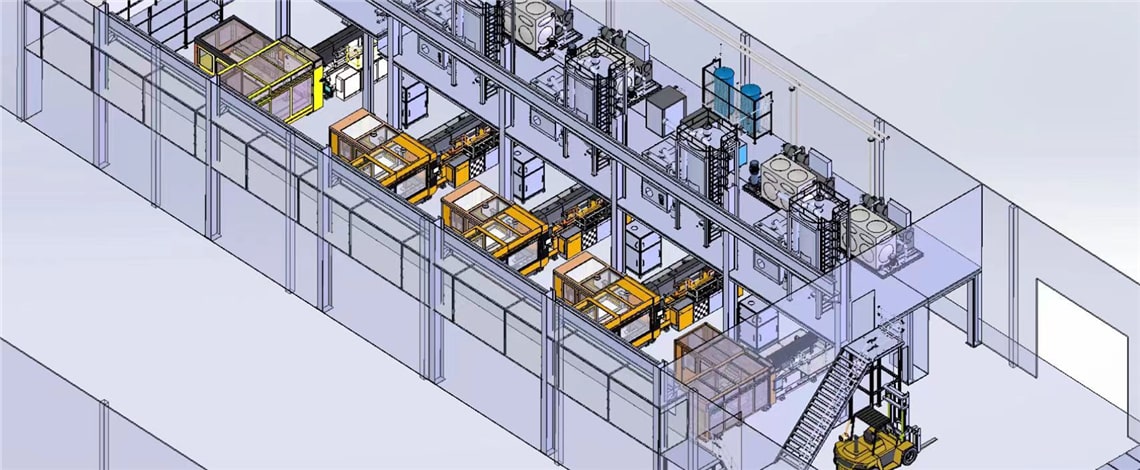
Foray is one of the leading manufacturers of pet preform injection molding machines in China, our preform injection molding machines are suitable for the production of various mineral water bottles, beverage bottles, edible oil, seasoning bottles, cosmetic bottles, containers, etc.
All of our PET preform equipment is CE, ISO 9001 certified, ensuring high performance and long life.
As the top preform molding equipment supplier in China, we provide a one-stop service. Distributors, dealers, traders, and agents are welcome to purchase from us in bulk.


Our PET molding machines can meet the needs of various industries. Suitable for mineral water, carbonated beverages, juices, edible oils, medicine bottles and lotions, cosmetics packaging Whether you are a small-scale producer or a large-volume manufacturer, we have a solution that suits your requirements.
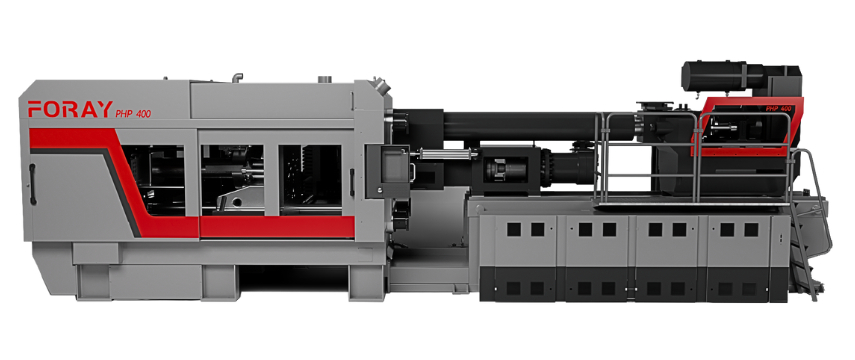
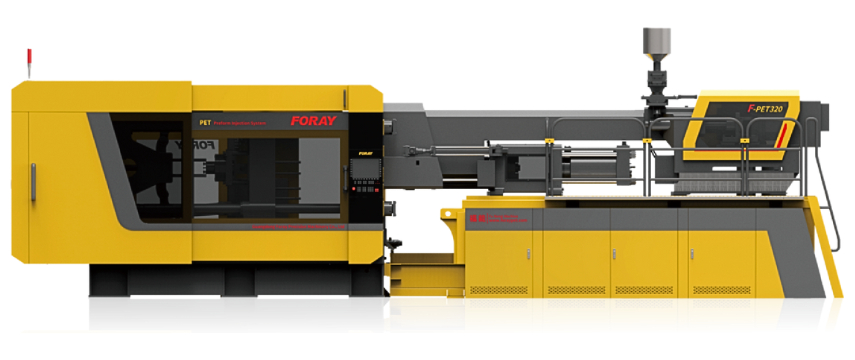
48-128 Cavities
Model: F-PET220/F-PET320/F-PET420
● PET high-speed injection
● Premium configuration, sustainable application
● Double base injection system, efficiency & stability
● Servo system, energy conservation with low noise
● Simple diagnose and operation
● E.g. 11.5g 72cavity about 6.7s
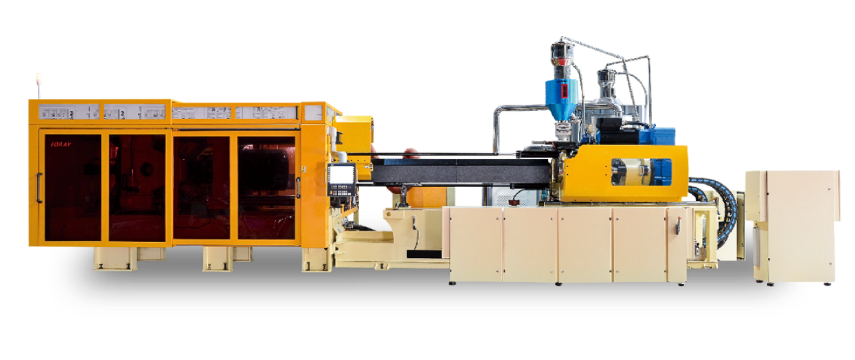
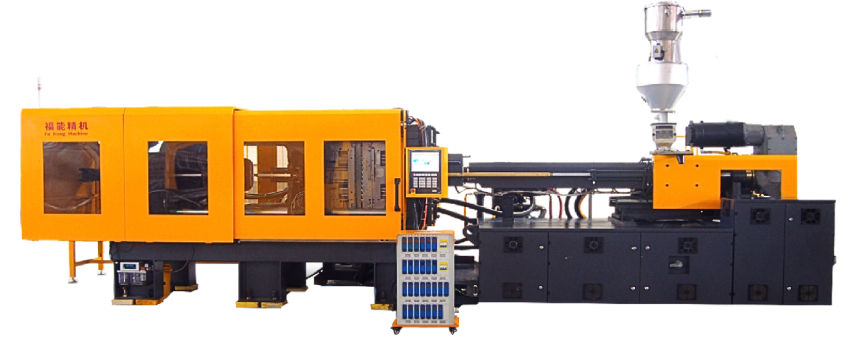

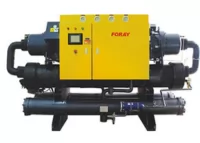
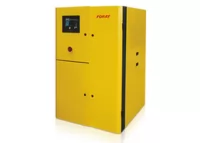
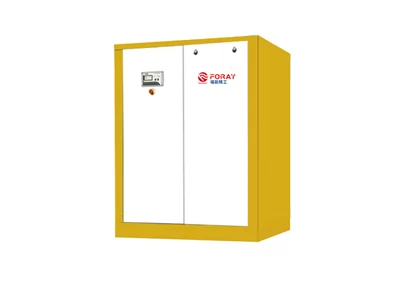

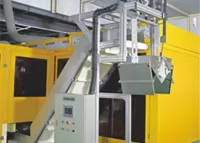


In this guide, you will find all the information about PET preform injection molding machines – including features, working principle, applications, how to choose, etc.
So if you want to know more about PET preform injection molding machines, read this guide.
PET injection molding machine (also known as PET preform molding machine, PET preform machine) is a special injection molding machine that specializes in producing various bottle preforms. It is mainly used in the beverage industry, food packaging industry, medical consumables industry, personal care industry, etc.
In short, PET injection molding machines are important molding equipment in the PET bottle manufacturing industry. They convert raw PET materials into preforms, which can then be blown into bottles of various shapes and sizes. This process is essential for manufacturing millions of PET bottles for water, soda and other beverages every day.
Understanding the components of a PET preform injection molding machine is essential for anyone involved in the manufacturing process. Let's break down the main parts of this complex machine:
Injection Unit:
Clamping Unit:
Mold:
Hydraulic System:
Control System:
Cooling System:
The operation of a PET preform injection molding machine can be broken down into several key stages:
This process happens rapidly and efficiently, allowing for high-volume production of PET preforms.
Understanding the difference between PET injection molding and plastic injection molding is essential for manufacturers when choosing the right process for their production needs. While both methods use similar machinery and processes, they differ in materials, applications, and manufacturing requirements. Here's a detailed comparison:
| Feature | PET Injection Molding | Plastic Injection Molding |
|---|---|---|
| Material | PET | Various plastics like PP, PE, ABS, PVC |
| Applications | Bottles, jars, food packaging | Automotive, medical, consumer goods |
| Processing | High drying and pre-heating requirements | More flexible for different plastics |
| Cost | Higher due to specialized equipment | Flexible, depends on material |
| Eco-Friendliness | Highly recyclable | Varies by plastic type |
| Machinery | PET-specific machines with higher precision | Standard injection molding machines |
PET injection molding machines are widely utilized in the manufacturing sector for producing a variety of products made from polyethylene terephthalate (PET) plastic. These machines are essential in industries such as packaging, automotive, electronics, textiles, and medical devices, where the production of precise, high-quality PET components is required. PET injection molding is used to create items such as bottles, containers, trays, caps, automotive parts, and electronic housings.
In packaging, PET injection molding machines are frequently used to produce containers for food and beverages, as well as personal care products. Their high efficiency and ability to create consistent, durable products make them ideal for mass production in this sector. These machines are also commonly used in the automotive industry to manufacture parts such as dashboard components, bumpers, and trim elements, which require a high degree of strength and resilience.
For the electronics industry, PET injection molding machines produce high-precision parts for mobile devices, televisions, and computer components, ensuring reliable performance and durability. The medical industry benefits from PET injection molding by producing medical devices, such as syringes, diagnostic tools, and components for life-saving equipment, where hygiene and safety are paramount.
In the packaging industry, PET injection molding is crucial for producing a range of containers, from beverage bottles to cosmetics packaging. PET is favored for its clarity, strength, and ability to be molded into complex shapes, making it the material of choice for high-volume packaging applications. PET’s resistance to impact and its ability to maintain a high level of transparency make it particularly well-suited for packaging food and beverages that require both safety and visibility.
PET injection molding machines are used in the automotive industry to produce lightweight, durable components that can withstand the stresses and demands of vehicle operation. Parts like dashboards, air vents, and exterior trim elements are commonly made using PET, thanks to its ability to resist high temperatures and its strong mechanical properties.
In electronics, PET injection molding is used to manufacture components that are lightweight, durable, and precise. Common applications include casings for smartphones, tablets, and other consumer electronics. PET is an ideal material for these components due to its excellent dimensional stability and ease of molding into intricate shapes.
The medical sector benefits from PET injection molding machines for creating sterile, safe, and precise components used in medical equipment and devices. From syringes and intravenous bags to surgical tools, PET’s biocompatibility and resistance to chemicals make it an ideal material for these applications.
PET injection molding machines are capable of processing various grades of PET, including both standard and reinforced versions. This allows manufacturers to customize products according to their needs, whether they require enhanced strength, transparency, or heat resistance. The versatility of PET allows it to be used in many different applications, from consumer goods to industrial components.
If you’re planning to buy a PET injection molding machine, you might be wondering: How much does it cost? How can you determine a fair or final price?
The price of a PET injection molding machine varies based on factors like tonnage, screw design, automation level, and additional components such as hot runners and cooling systems. Typically, you can expect a price range between US$10,000.00 and US$150,000.00.
If you're purchasing internationally, remember to account for additional expenses like shipping fees, customs duties, and taxes, which could impact the final cost. Always compare features, specifications, and warranties to ensure you're getting the best value for your investment.
PET injection molding machines offer numerous benefits, including excellent energy efficiency, high precision, fast production speeds, low maintenance, and ease of operation. These machines are designed to meet the diverse needs of modern manufacturing, ensuring they are adaptable to various production environments and product types.
• High Precision and Stability: Equipped with a robust frame, precision screw mechanisms, and optimized control systems, PET injection molding machines can consistently produce high-quality parts with tight tolerances. The stable dynamic performance ensures reliable operation, even during long production runs, making them ideal for industries that require consistent, high-precision components.
• Superior Product Quality: The advanced technology in PET injection molding machines ensures that the molded products have a smooth, high-quality surface finish. The precise control of temperature and pressure during molding results in parts that are free of defects and have excellent dimensional accuracy.
• High Efficiency and Versatility: PET injection molding machines are highly efficient in producing both simple and complex parts. With their ability to handle a wide range of product types—such as bottles, automotive components, and medical devices—they can easily replace traditional molding methods, offering higher production speeds and greater flexibility at a lower cost.
• Low Operating Costs: Compared to other manufacturing processes, PET injection molding has a low cost of production. It requires minimal energy and raw material waste, and the long lifespan of the machine ensures a lower overall cost per unit. Additionally, the energy-efficient operation and reduced need for consumables contribute to significant cost savings over time.
• Ease of Use: Whether you're new to injection molding or an experienced operator, these machines are designed to be user-friendly. With intuitive interfaces and automated settings, they can be easily operated by both beginners and professionals, reducing the learning curve and increasing overall productivity.
Looking to buy an affordable PET injection molding machine with local delivery or global shipping? Finding the right one can be overwhelming, but by following these 8 easy steps, you can make a smart and informed purchase. Let’s walk you through the process step-by-step.
Step 1. Request a Consultation.
Start by consulting with our sales manager online. We’ll discuss your needs and recommend the most suitable PET injection molding machine that aligns with your production requirements.
Step 2. Receive a Free Quote.
After your consultation, we’ll provide you with a detailed quotation based on the machine you’ve discussed. This will include the best machine specifications and an affordable price that fits your budget.
Step 3. Review and Sign the Contract.
Once you’ve reviewed all the details—technical specifications, parameters, and business terms—there should be no misunderstandings. If everything looks good, we’ll send you a Proforma Invoice (PI) and proceed with signing the contract.
Step 4. Build Your Machine.
Upon receiving your signed contract and deposit, we’ll begin manufacturing your PET injection molding machine. During this time, we will keep you updated on the progress and notify you of any important developments.
Step 5. Inspection.
The entire manufacturing process will undergo regular inspections and rigorous quality control checks. Once complete, we will test the machine to ensure it meets all necessary performance standards before leaving the factory.
Step 6. Shipping.
After confirming the details, shipping will proceed according to the terms outlined in the contract. You can request shipping updates at any time for peace of mind.
Step 7. Customs Clearance.
We will provide all the necessary shipping documentation and assist with customs clearance to ensure the smooth delivery of your machine.
Step 8. Support & Service.
We offer expert technical support and free customer service via Phone, Email, Skype, WhatsApp, and Online Live Chat. Additionally, in some areas, we offer door-to-door service for all types of PET injection molding machines.
Yes, we are talking about our own brand, and this is because we believe in ourselves. With strong and excellent customer support and after-sales response, we are committed to satisfying our customers. Choose FORAY for your next pet preform injection molding machine, and we bet you will thank yourself later.








